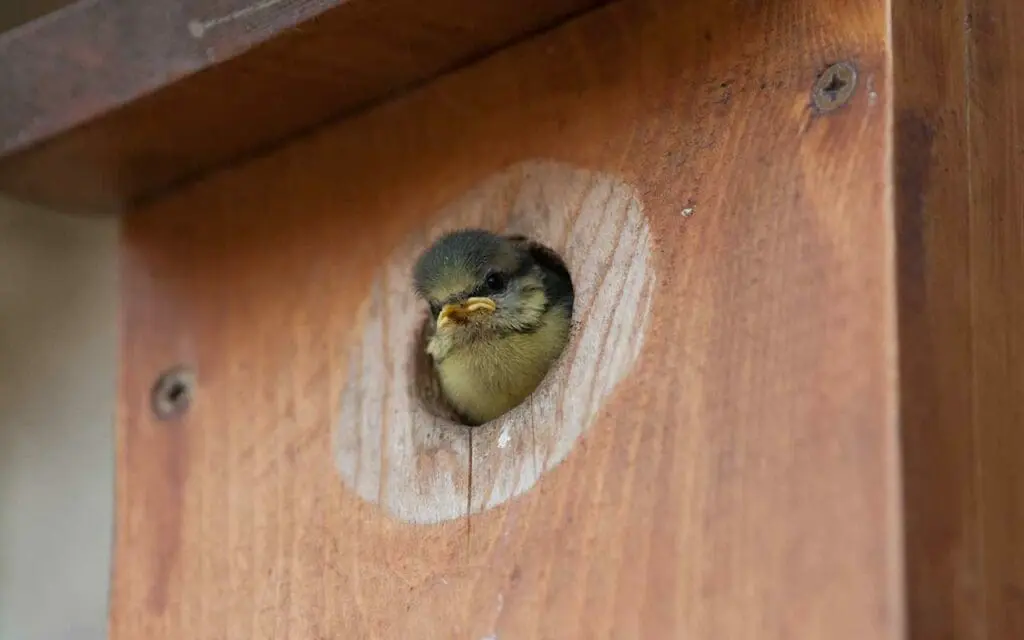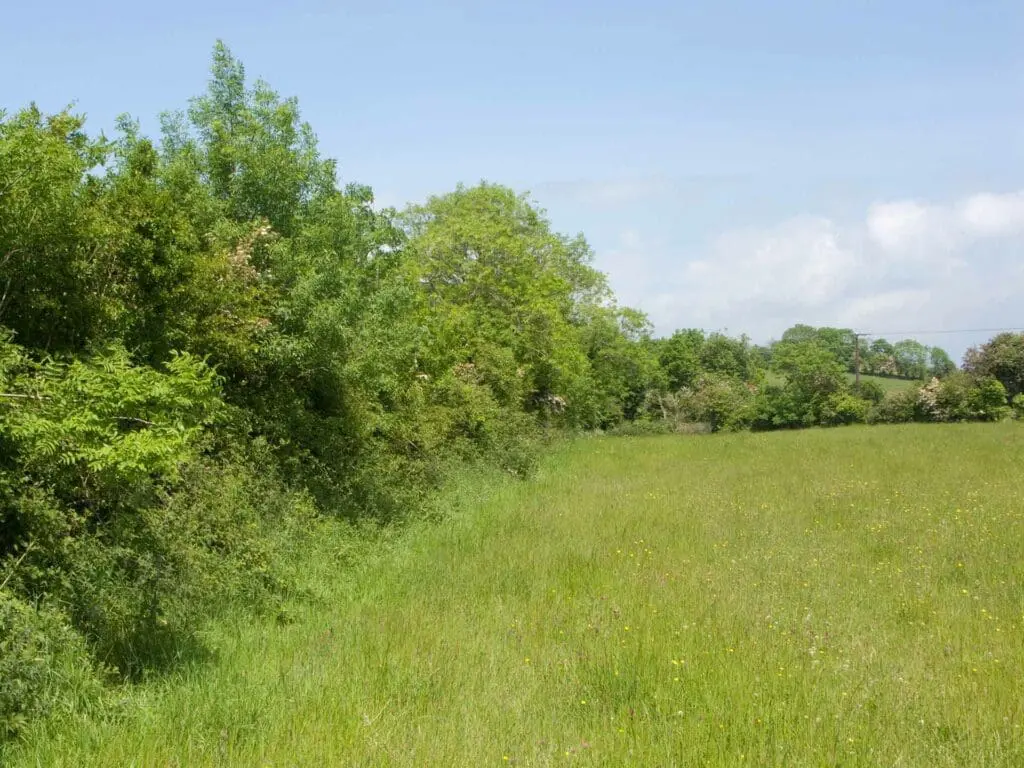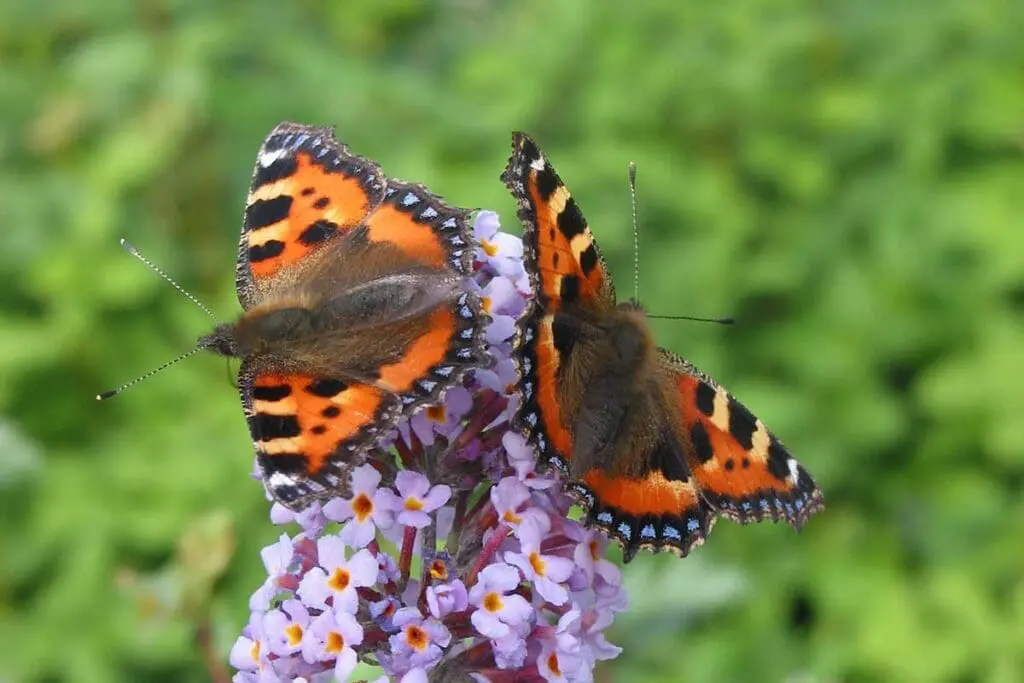Spring is a very important season for wildlife gardening. Early spring flowers are vital for early insects and the birds that feed on them.
Native wildflower bulbs tend to flower in the spring and there is a wide range of wonderful native spring-flowering bulbs that you can use in your garden and beyond. These include bluebell, wood anemone, lesser celandine and wild garlic.
But don’t restrict yourself to native wildflowers. In a garden, you can include camassia, crocus, alliums, Eranthis hyemalis (Winter Aconite) and species tulips.
Bluebell (Hyacinthoides non-scripta)

Bluebells prefer a moisture-retentive, humus-rich, woodland type of soil. The site should be well-drained, cool and shady, but it shouldn’t dry out in summer. It is ideal for naturalising in a wooded corner or old orchard. In the garden, it can be planted in a border or amongst herbaceous plants.
When planting Bluebell bulbs, be sure to plant the native Bluebell and not the Spanish bluebell (Hyacinthoides hispanica), which is much more aggressive than its cousin. The Spanish bluebell has escaped from gardens and is spreading in the wild, where it has crossbred with native bluebells, putting these at risk.
Wood anemone (Anemone nemerosa)
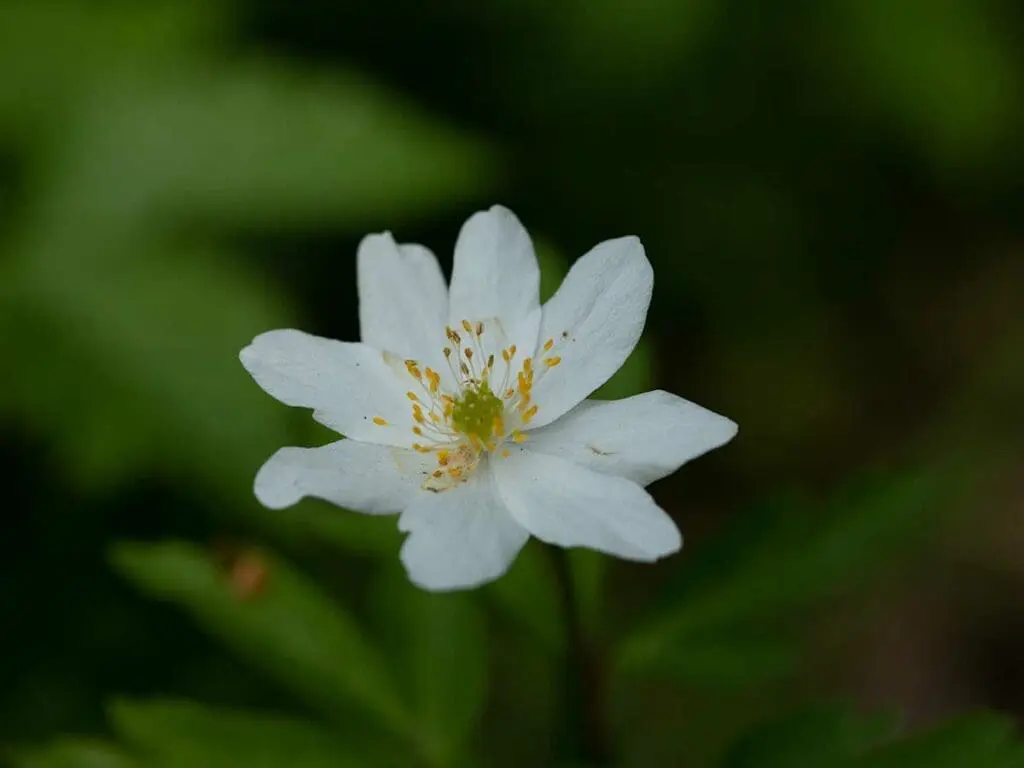
Wood anemone is one of our first spring flowers. It spreads mainly by means of creeping root-stocks, running just below the surface and often forms extensive carpets. It flowers from March to May, taking advantage of the early spring sun before the woodland canopy blocks out the light.
The plant is found in deciduous woods, along old hedgebanks and occasionally in upland meadows. When wood anemone is found in meadows and hedgebanks it often indicates the site of a vanished woodland and is sometimes referred to as a woodland ghost. It prefers moist soil but tolerates dry conditions during its summer dormancy. Dislikes very acid soils.
The easiest way to propagate wood anemone is to divide the roots. The roots, which look like reddish twigs with a diameter of approximately 4mm, can be dug up in late summer and treated like other woodland bulbs. A piece of root 3–4cm long should produce a healthy, viable plant.
Find out more about wood anemone
Lesser celandine (Ranunculus ficaria)
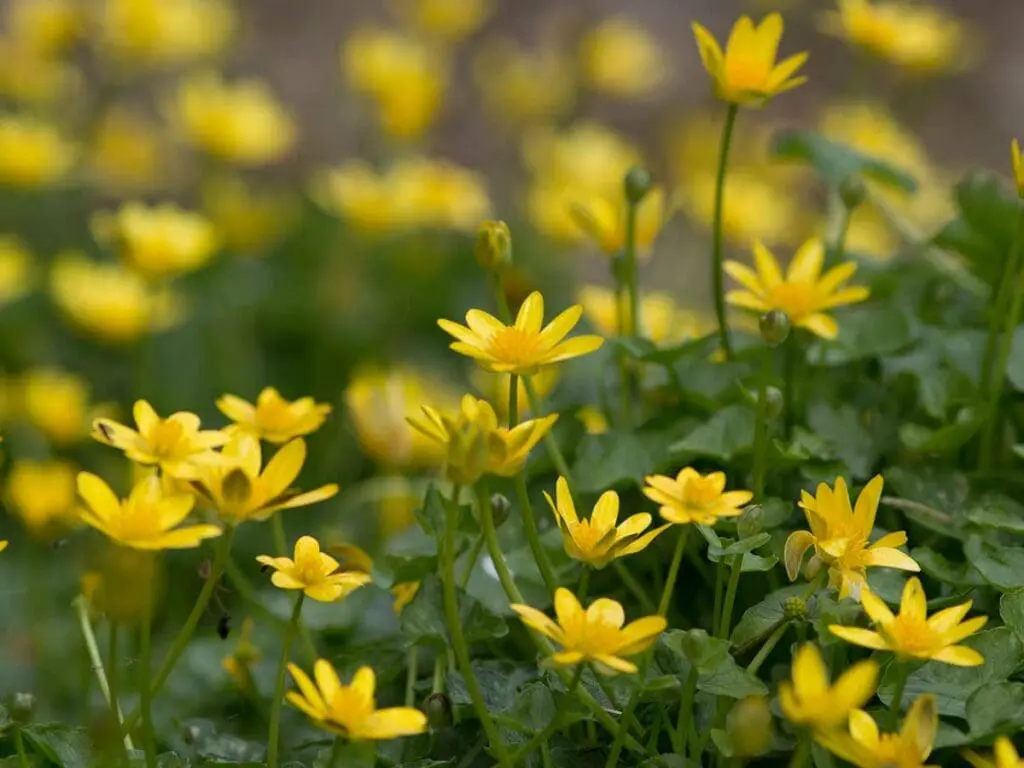
Lesser celandine is one of the first flowering plants to appear at the end of the winter (February to May). The plant itself is small (5-30cm tall) with dark, heart-shaped leaves. The flowers, which appear on a short stalk, form a carpet of yellow stars in woodland, under hedgerows, in ditches and along streams. It tends to thrive better in less disturbed habitats. Lesser celandine is an important early nectar source but, in wet and windy weather, the petals close.
It prefers moist, loamy soil in full sun or shade. Some plants form small tubers in the angle between the leaf stalk and the stem. These drop off in early summer and grow into new plants. The tops of the plants die back after flowering, but the roots continue to live and grow under the ground. Lifting and dividing clumps can be a very successful way of growing new plants.
Find out more about lesser celandine
Ramsons or wild garlic (Allium ursinum)
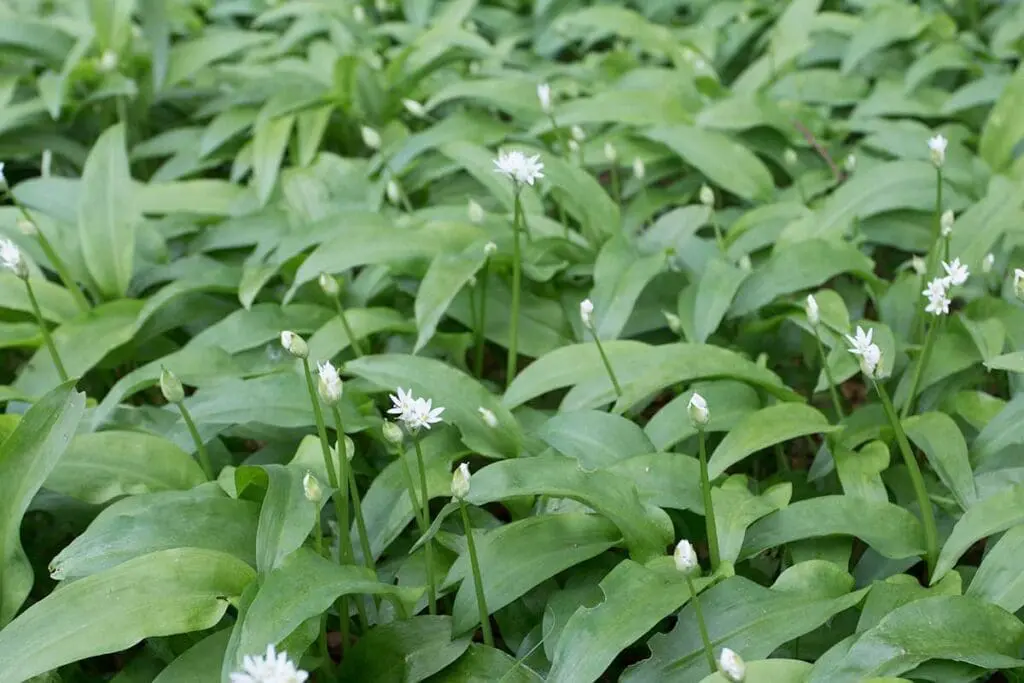
Wild garlic grows from a small bulb and often spreads to form large clumps. It has broad, shiny bright-green leaves and bears clusters of beautiful, white star-shaped flowers at the end of a long stem. The plant comes into growth in the middle to late winter, flowers in the spring and then dies down completely by the middle of summer. This allows many other plants that start to grow in spring to occupy the same space. Ransom advertises itself by an overpowering smell of garlic.
It is found in woods and hedges. It will succeed in most soils and prefers moist conditions, and it will also grow where the soil is very wet in the winter. When given suitable conditions, it will form a dense carpet of growth and can be very invasive.
Once this plant is established in your garden, you are unlikely to need to propagate it. However, should you want to introduce it to a new site, dig up some bulbs (not from the wild!) in the summer, once the plants have died down, and plant them immediately into their new site.
Find out more about wild garlic
Sourcing bulbs for planting
It’s really important that you source your bulbs from reputable suppliers and that they are not taken from the wild!
If you are recreating woodland or other wider habitats, seed is often the best method for establishing these plants as it is much more cost effective.
References
- Wildlife Gardening by Charlie Ryrie. Publisher: The Daily Telegraph. Cassel Illustrated; ISBN: 1844030350
- Field Guide to the Wild Flowers of Britain and Northern Europe by David Sutton. Publisher: Larousse; ISBN: 0752300415
- How to Make a Wildlife Garden by Chris Baines. Publisher: Frances Lincoln; ISBN: 0711217114

